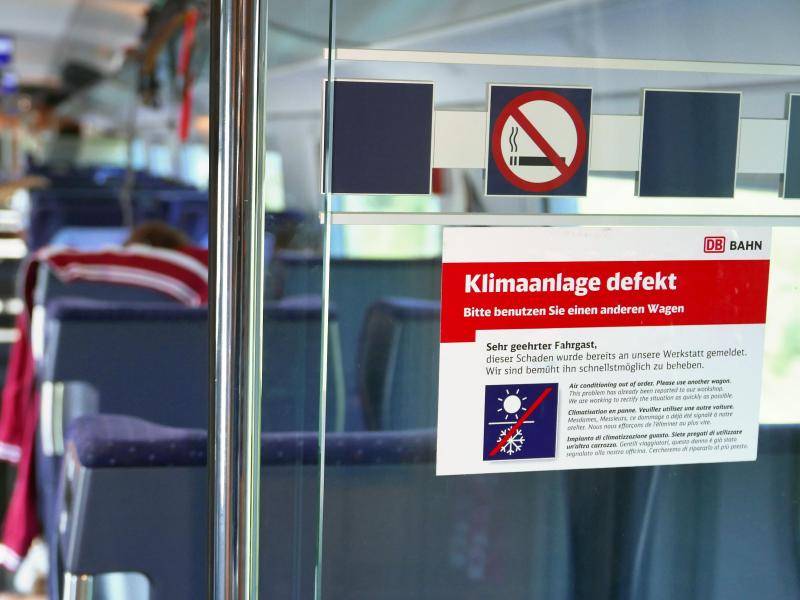Deutsche Bahn Nearly every fourth long-distance train delayed
Berlin · When it comes to punctuality, there is still room for improvement at Deutsche Bahn. Whether or not a tax break will reduce ticket prices for passengers at the start of the year remains uncertain.
When Deutsche Bahn (German Rail) chief executive Ronald Pofalla talks about the restoration of the ailing rail network, it sounds a bit like war. "It's a house-to-house fight," he says, because his people have to ignore a number of small adversities on their way to more punctual trains. "Mobile troops" move out to remove sudden obstacles. The newly created "plan corridors" also sound like military logistics.
It pertains to the particularly heavily trafficked routes such as the one between Dortmund and Cologne. They receive especially intensive support because delays here affect the entire network. A small success of this approach is visible this year. Pofalla reports that it has been possible to prevent 6,000 delays there this year. That is a drop in the bucket, as the chief executive knows. On an annual average, almost every fourth long-distance train is still delayed. The punctuality rate at the end of the year will probably be around 76 percent. The goal that the railway set for itself was somewhat higher.
It's not like the railroad isn't trying to get better. It just takes a very long time until the customers notice it. In September, for example, the German government decided to lower the value-added tax on tickets for long-distance journeys. For passengers, this means that the price for their trips will be ten percent cheaper. This should be the case from the first of January but a delay is looming.
The states in the Bundesrat are gambling on the cost distribution of the climate package. If they do not reach an agreement with the federal government by December 20, the tax reduction will not reach customers as early as January. But the price reduction itself is not controversial.
Deutsche Bahn intends to continue working on its reliability in small steps during the coming year. A new planning corridor will be set up around Hamburg, where many delays begin. The same is happening between Würzburg and Nuremberg. On the route between Fulda and Mannheim there is already a special system of management, which costs around 20 million euros per corridor.
A lack of money will not prevent the refurbishment of the rail network from succeeding. This year alone, Pofalla was able to spend eleven billion euros on the modernization of bridges, rails and switches. One result of the building frenzy: the completely renewed line between Hanover and Göttingen will be opened to traffic again when the timetable changes on December 14.
For passengers, this means one hour less travel time on detours. But the next hindrance is already foreseeable - because that was only the first construction phase. Ultimately, the total distance of more than 550 kilometers to Würzburg is to be modernized.
For the maintenance of the rail network alone, the federal government will spend 84 billion euros over the next ten years. The government and the railway signed the agreement on Wednesday this week. In addition, many billions will come from other sources. According to Pofalla, 170 billion euros will probably be available by 2030 for the construction of a modern rail system.
The Deutsche Bahn chief is also sure that he can spend the money. In earlier years, there was often something left over at the end of the year - for example, because there was a lack of civil engineers. But this time, 4,500 new jobs were created just for construction planning or the tendering of contracts.
(Original text: Wolfgang Mulke, Translation: ck)


